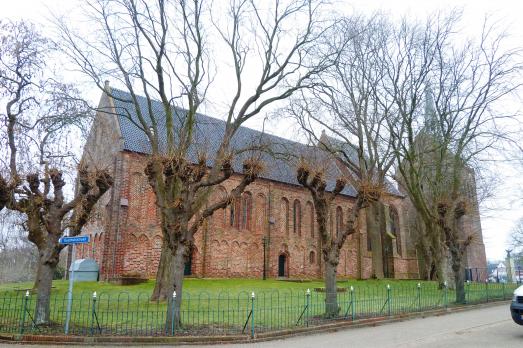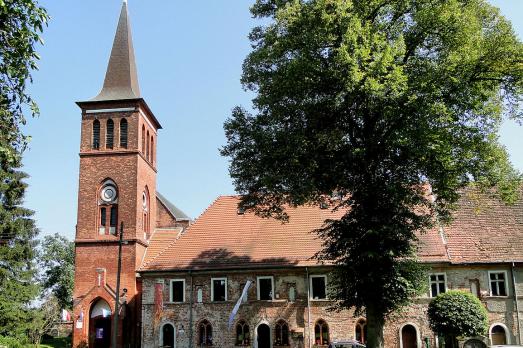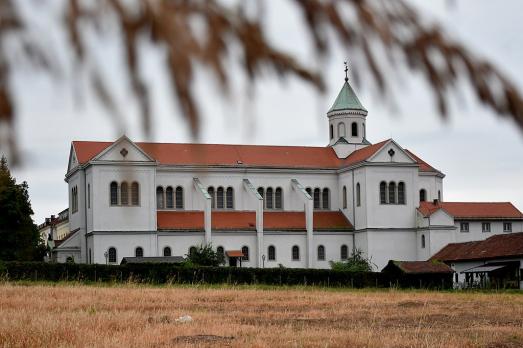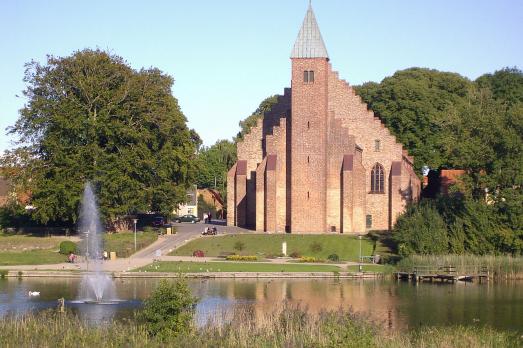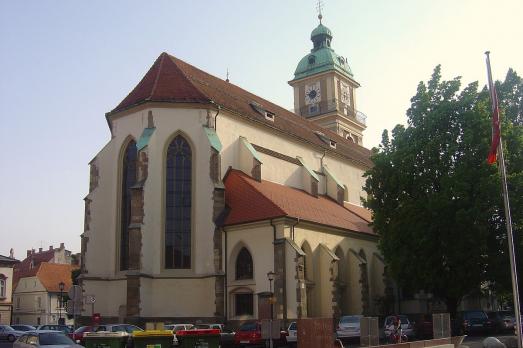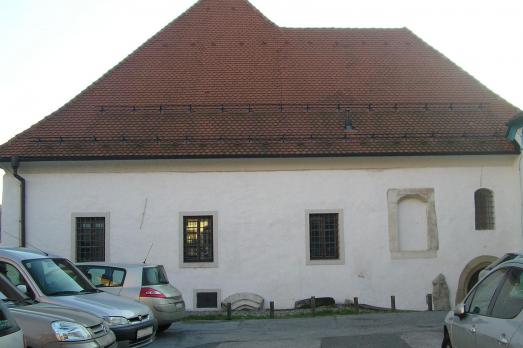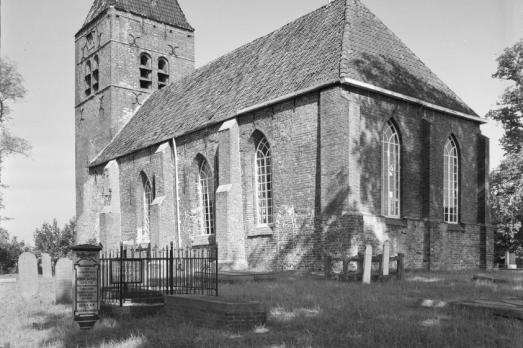
Maria Church
Westerwijtwerd, NL
In a list of monasteries from the beginning of the 10th century, Westerwijtwerd is mentioned under the name "Widuvurd." The name is later written as Wietwerd and finally Westerwijtwerd, where the distinguished family of Ewsum built a church dedicated to Mary.
